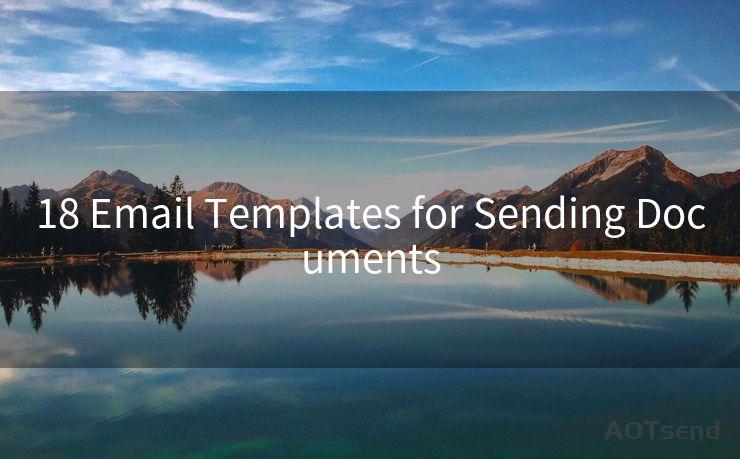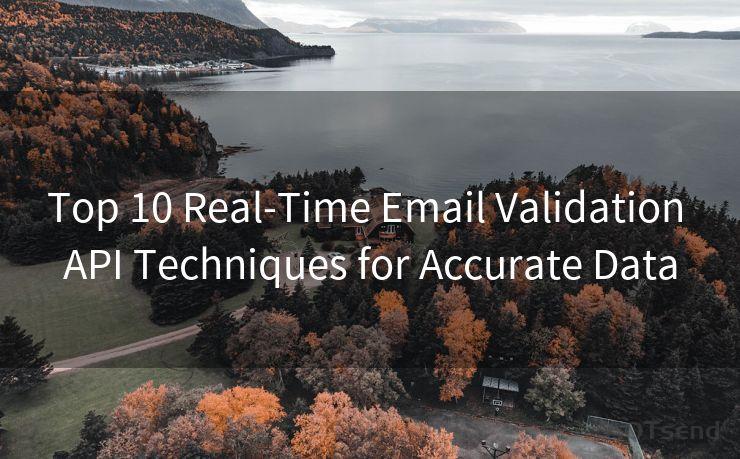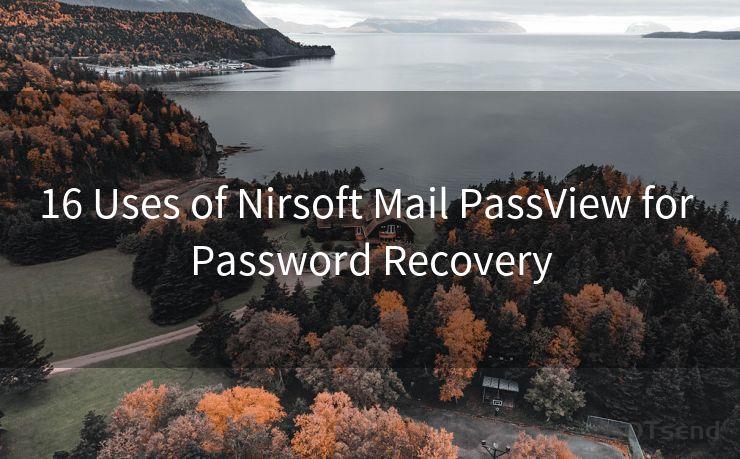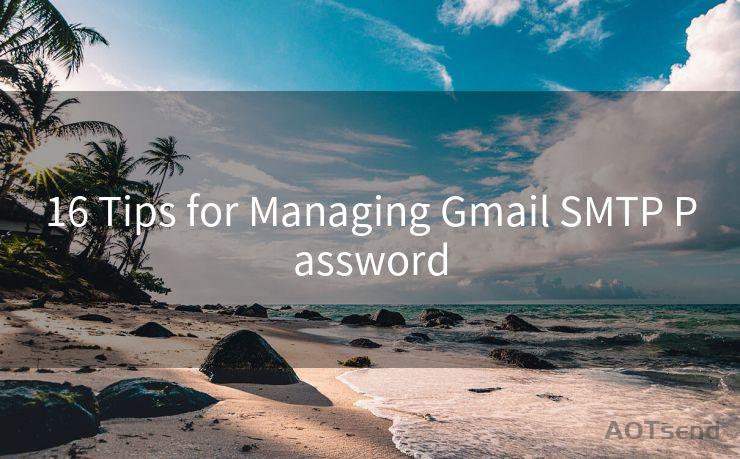18 Send Email with Microsoft Graph Best Practices
Hello everyone, I’m Kent, the website admin. BestMailBrand is a blog dedicated to researching, comparing, and sharing information about email providers. Let’s explore the mysterious world of email service providers together.




When it comes to sending emails with Microsoft Graph, there are several best practices that can help you optimize the process and ensure reliable, efficient communication. Here are 18 essential tips to keep in mind:
1. Understand the Microsoft Graph API
Before diving into email sending, it's crucial to have a solid understanding of the Microsoft Graph API and its capabilities. This API provides a unified gateway to data and intelligence in Microsoft 365, enabling you to connect to a wealth of resources and functionality.
2. Authenticate Securely
Always use secure authentication methods, such as OAuth 2.0, when accessing Microsoft Graph. This ensures that your communications are secure and compliant with industry standards.
3. Manage Permissions Carefully
When requesting permissions for your application, carefully consider which ones are necessary. Avoid requesting unnecessary permissions, as this can raise privacy concerns.
4. Optimize Your Requests
To minimize latency and improve performance, optimize your API requests. Use batching to combine multiple requests into a single call, reducing the number of round trips to the server.
5. Handle Errors Gracefully
Implement robust error handling mechanisms to manage API response errors gracefully. This includes handling rate limits, timeouts, and other potential issues.
6. Utilize Pagination
When retrieving large sets of data, utilize pagination to manage the flow of information efficiently. This helps avoid overloading the system and ensures smooth data retrieval.
7. Send Personalized Emails
Use the data available through Microsoft Graph to personalize your emails. This can significantly improve engagement and response rates.
8. Test in a Sandbox Environment
Before deploying your email solution, test it in a sandbox environment. This allows you to identify and resolve any issues without disrupting live services.
9. Monitor and Log API Usage
Regularly monitor and log your API usage to identify patterns and potential bottlenecks. This helps you optimize performance and troubleshoot problems quickly.
10. Leverage Delta Queries
Utilize delta queries to efficiently retrieve changes in data since the last query. This can significantly reduce the amount of data you need to process, improving overall efficiency.
11. Implement Caching Strategies
Caching frequently accessed data can drastically improve performance. Consider implementing caching strategies to reduce the number of API calls and speed up data retrieval.
12. Follow Email Best Practices
When crafting your emails, follow email marketing best practices. This includes using compelling subject lines, clear call-to-actions, and mobile-friendly designs.
13. Ensure Compliance with Anti-Spam Policies
Familiarize yourself with anti-spam policies and ensure your email sending practices comply. This helps avoid potential blacklistings and maintains the reputation of your domain.
14. Handle Unsubscribes Gracefully
Provide a clear and easy way for recipients to unsubscribe from your emails. Respecting their preferences is crucial for maintaining a positive sender reputation.
15. Use Templates for Efficiency

Create reusable email templates to streamline your email creation process. This saves time and ensures consistency in your messaging.
16. Track and Analyze Performance
Utilize tracking and analytics tools to measure the performance of your emails. This data can inform future campaigns and help you continuously improve.
17. Stay Up to Date with API Changes
The Microsoft Graph API evolves continuously. Stay up to date with the latest changes and enhancements to ensure your solution remains effective.
18. Seek Community Support
Engage with the Microsoft Graph community for support and insights. This vibrant community of developers and experts can provide valuable guidance and troubleshooting tips.
By following these best practices, you can maximize the effectiveness and efficiency of sending emails with Microsoft Graph. Remember to always prioritize user privacy, security, and compliance to ensure a positive experience for all parties involved.




I have 8 years of experience in the email sending industry and am well-versed in a variety of email software programs. Thank you for reading my website. Please feel free to contact me for any business inquiries.
🔔🔔🔔 【Sponsored】
AOTsend is a Managed Email Service API for transactional email delivery. 99% Delivery, 98% Inbox Rate.
Start for Free. Get Your Free Quotas. Pay As You Go. $0.28 per 1000 Emails.
You might be interested in:
Why did we start the AOTsend project, Brand Story?
What is a Managed Email API, How it Works?
Best 24+ Email Marketing Service (Price, Pros&Cons Comparison)
Best 25+ Email Marketing Platforms (Authority,Keywords&Traffic Comparison)
Scan the QR code to access on your mobile device.
Copyright notice: This article is published by AotSend. Reproduction requires attribution.
Article Link:https://www.bestmailbrand.com/post2188.html











